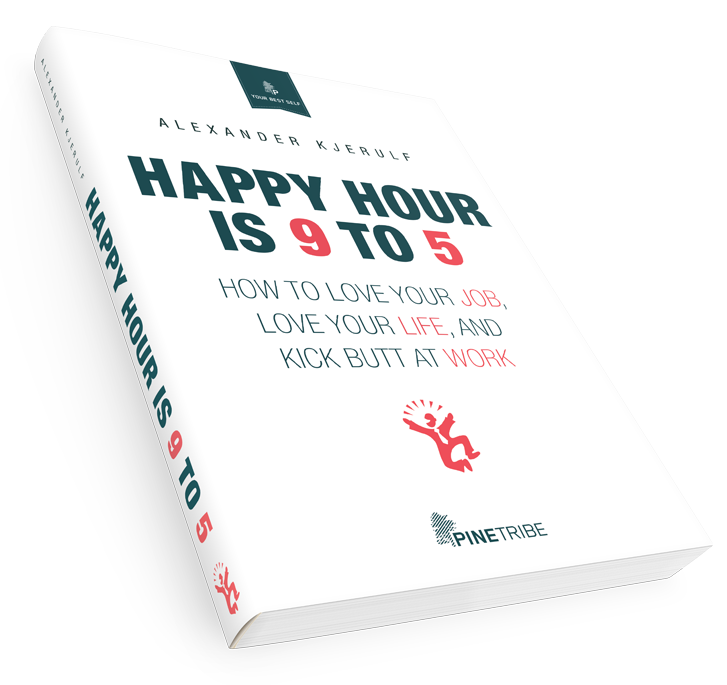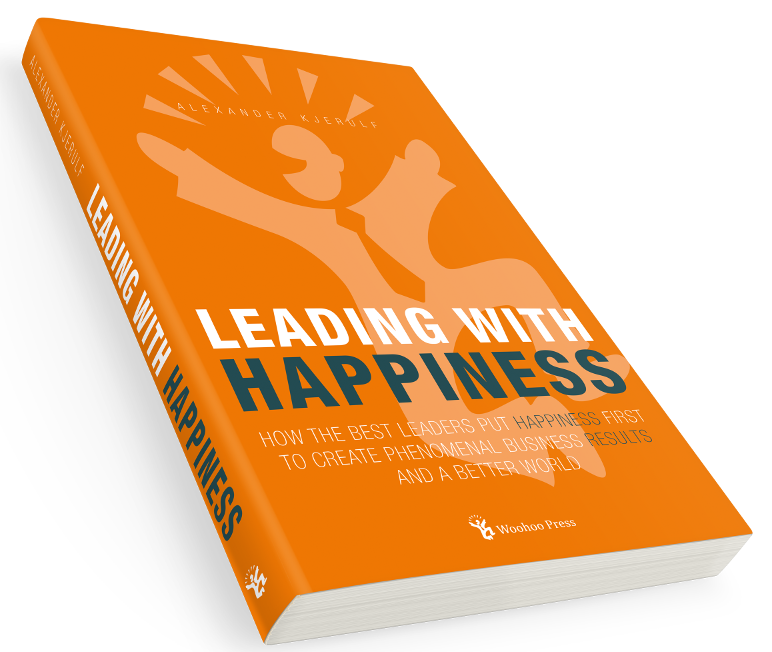
The NYTimes has an excellent article that looks at what happens when people touch and concludes that:
Momentary touches — whether an exuberant high five, a warm hand on the shoulder, or a creepy touch to the arm — can communicate an even wider range of emotion than gestures or expressions, and sometimes do so more quickly and accurately than words.
…
The evidence that such messages can lead to clear, almost immediate changes in how people think and behave is accumulating fast. Students who received a supportive touch on the back or arm from a teacher were nearly twice as likely to volunteer in class as those who did not, studies have found. A sympathetic touch from a doctor leaves people with the impression that the visit lasted twice as long, compared with estimates from people who were untouched.
…
If a high five or an equivalent can in fact enhance performance, on the field or in the office, that may be because it reduces stress. A warm touch seems to set off the release of oxytocin, a hormone that helps create a sensation of trust, and to reduce levels of the stress hormone cortosil.In the brain, prefrontal areas, which help regulate emotion, can relax, freeing them for another of their primary purposes: problem solving. In effect, the body interprets a supportive touch as “I’ll share the load.”
To me, this confirms what I’ve long believed, namely that there is also value in touch in the workplace. A hand shake, a high-five, a pat on the shoulder or even a hug – all of these are simple, effective ways to create better relationships at work – and thus better communication and more mutual respect.
One of the simplest (and most fun) exercises we do, is to teach people what we call a level-five good morning, i.e. greeting your co-workers by:
- Making eye contact
- Adding a little extra to your greeting (like “how was your week-end”)
- Touching the other person
In my mind, it’s a tragedy that in some workplaces all touching is avoided out of a fear of being misunderstood or inviting sexual harassment lawsuits. Yes, sexual harassment is a problem in some workplaces, but eliminating all physical contact is not a solution – it may even be part of the problem.
Let me be clear: I’m not saying you can turn a toxic workplace into a happy one by having people touch more :o) But I do believe that physical contact is a natural way of how we communicate and if you eliminate it from a workplace it will be much harder to create a happy workplace.
Many companies get it. Here’s a fun story from a Southwest Airlines employee who for the first time found himself in “hugging distance” of the company’s president Colleen Barrett.
Your take
What’s your take on touching in the workplace? What’s the culture like where you work? Hand shakes or hugs or hands-off? Write a comment, I’d love to hear your take.



Leave a Reply